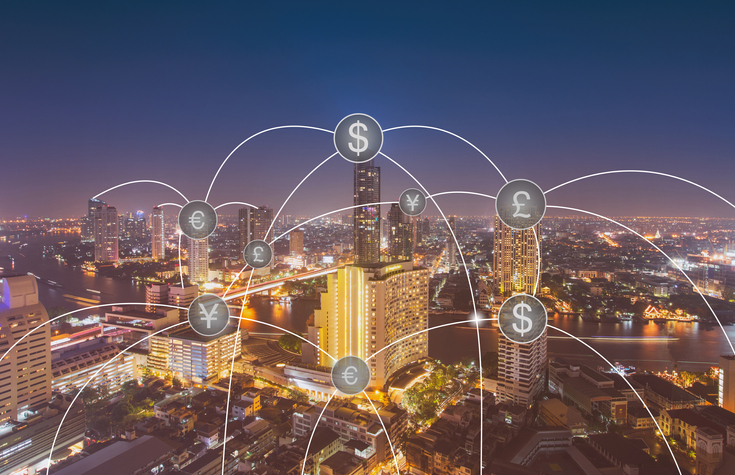The B2B Cross-Border Payments Market: What’s Hot In 2024?
- By Meng Liu and Janis Teo, Forrester
- March 04, 2024

Regional cross-border payment infrastructures are proliferating, and business customers now have richer payment rail choices. This has enabled fintech firms to deepen their market penetration. In response, banks are playing a game of competition, collaboration, and, sometimes, acquisition. And the fast development of emerging technologies such as AI/ML and blockchain makes the competitive landscape competition even more intense. My latest research covers the current trends, primary challenges, and potential disruptions in this ever-changing and increasingly complex market:
- Main trend: Business customers demand interoperability and embedded finance. Cross-border B2B payments involve multiple disconnected systems and stakeholders. As procurement and purchasing move to seller platforms and digital marketplaces and B2B2X models grow, complexity increases — making interoperability a must. With the rise of new B2B marketplaces and models, buyers and sellers are also increasingly embedding payments and financial products to enhance customer experiences and gain market share in the competitive B2B industry.
- Primary challenge: Geopolitical and economic uncertainties lead to complex compliance requirements and volatile foreign exchange. Regional tensions in EMEA and APAC won’t ease in 2024. The market’s instability poses considerable challenges for buyers and sellers. In particular, fluctuations in foreign exchange rates and economic conditions create uncertainty in cross-border transactions, and pandemic-induced supply chain disruptions also take longer to fix. As businesses diversify their supply chains, they require payment solutions that support a wide range of emerging markets.
- Top disruptor: Advanced AI and digital currencies are the new frontiers. Integrating AI/ML technologies into cross-border B2B payments can improve fraud detection and financial crime prevention to make transactions more secure. Enhanced conversational interfaces driven by AI will streamline and personalize buyer and supplier interactions, offering more intuitive and efficient transaction processes. In the next three to five years, central bank digital currencies, stablecoins, cryptocurrencies, and the development of digital asset tokenization technologies will increase in maturity and scale and transform the cross-border payment landscape by bringing programmability, higher transparency, and higher liquidity.
To navigate the complex landscape and fully leverage the benefits of payment technology innovations, payment leaders at organizations need to work with the right partners. In my recent report, The Cross-Border Payment Solutions For B2B Landscape, Q1 2024, I’ve identified and profiled 19 B2B cross-border payment vendors with different focused use cases and geographies for organizations to choose and consider.
The original article is here.
The views and opinions expressed in this article are those of the author and do not necessarily reflect those of CDOTrends. Image credit: iStockphoto/Suriyapong Thongsawang








Meng Liu and Janis Teo, Forrester
Meng Liu, Forrester’s senior analyst, focuses his research on fintech, payments, banking, fraud and compliance management, and finance automation, including accounts receivable and accounts payable automation. He has advised leading global financial institutions, fintechs, technology companies, and enterprises based on his research and expertise. His reports are frequently quoted by mainstream media, including Forbes, Financial Times, CNBC, The Business Times, and Bank Innovation.
Janis Teo is Forrester’s senior research associate.